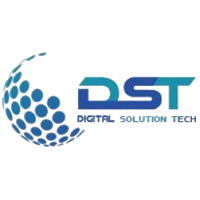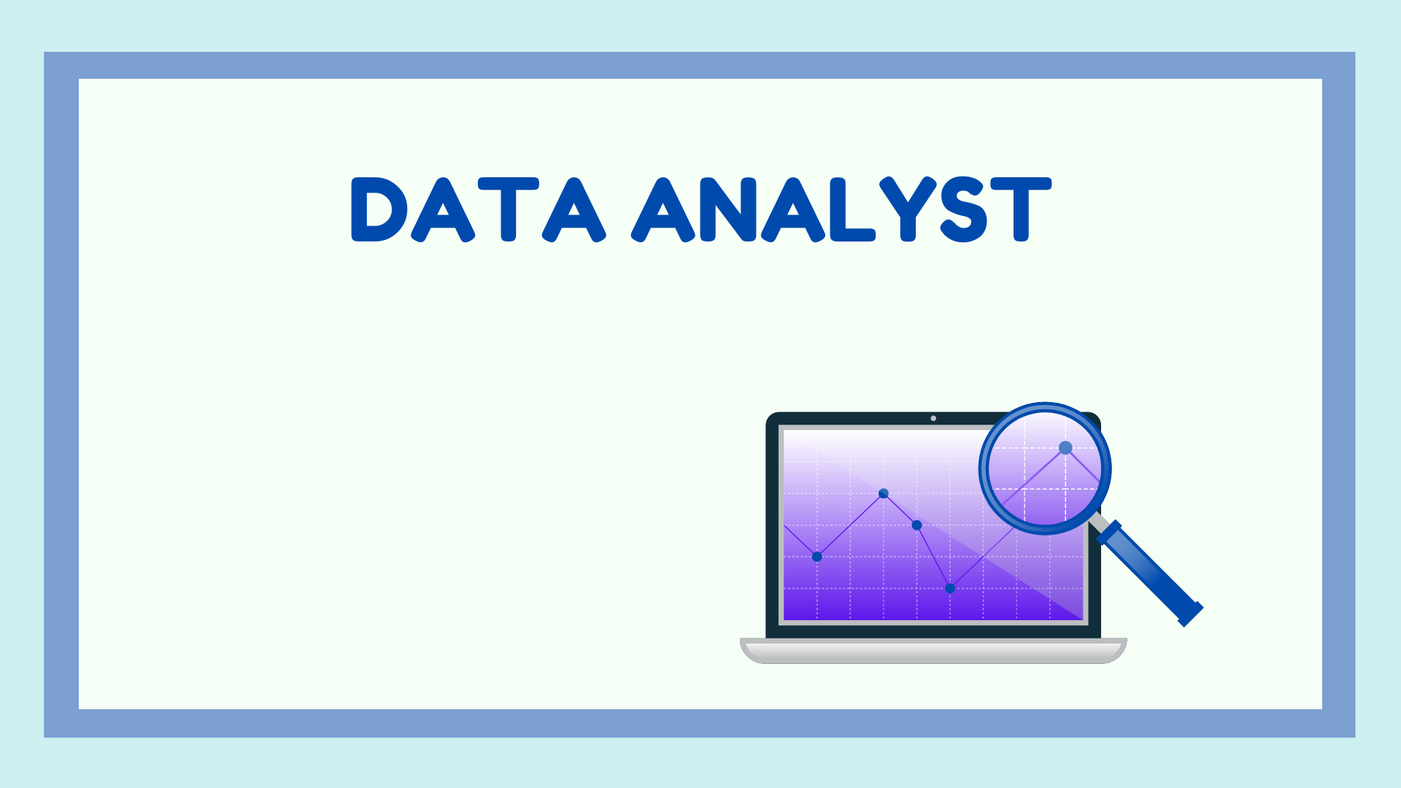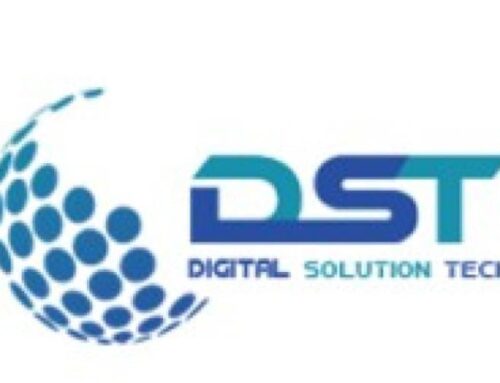The field of data analysis is rapidly evolving, and data analysts play a crucial role in helping organizations make data-driven decisions. For those aspiring to excel in this career, it’s essential to not only have technical skills but also understand how to apply them effectively. This blog will explore the core competencies every data analyst should have, along with strategies to grow in this dynamic field.
Understanding the Role of a Data Analyst
Data analysts are responsible for collecting, processing, and analyzing data to extract insights that can be used to inform business decisions. In most organizations, they collaborate with stakeholders from different departments, such as marketing, finance, and operations, to provide meaningful analysis that helps solve business challenges.
Key Responsibilities of a Data Analyst:
- Collecting data from various sources, including databases, CRM systems, and external platforms.
- Cleaning and preparing data for analysis, ensuring its accuracy and consistency.
- Analyzing data using statistical methods and tools like Excel, SQL, and Python.
- Creating data visualizations to communicate findings in a clear and concise manner.
- Reporting results and insights to stakeholders, often providing actionable recommendations.
Essential Skills for Data Analyst
To succeed in this role, a combination of technical and non-technical skills is required. The following skills are essential for any data analyst aiming to thrive in the field:
Technical Skills:
-
Data Cleaning and Preparation:
Raw data is rarely ready for analysis. Data cleaning ensures that it is free of inconsistencies, missing values, and outliers. Tools like Excel, R, Python, and specialized software like Alteryx are used for this purpose.
-
Programming Languages:
Proficiency in programming languages like Python and R is crucial for automating data tasks and performing advanced analyses. SQL is equally important for querying databases.
-
Statistical Knowledge:
A solid understanding of statistics is vital for analyzing data accurately. Hypothesis testing, regression analysis, and probability distributions are some of the core concepts that analysts should master.
-
Data Visualization:
Communicating insights effectively requires the ability to create meaningful visualizations. Tools like Tableau, Power BI, and Python libraries such as Matplotlib and Seaborn are commonly used.
Non-Technical Skills:
-
Critical Thinking:
The ability to think critically about data, identify trends, and interpret results is key. Data analysts must always ask the right questions and approach data with a problem-solving mindset.
-
Communication:
Once the analysis is done, presenting the findings in a way that stakeholders can easily understand is crucial. This includes writing reports, creating presentations, and using visuals to highlight key points.
Choosing the Right Tools for the Job
The choice of tools can significantly impact the efficiency and effectiveness of a data analyst’s work. With a variety of tools available, it’s important to select the right ones based on the specific task at hand. Here’s a breakdown of some of the most popular tools used by data analysts:
Programming Languages:
-
Python:
Known for its flexibility and ease of use, Python is widely used for data analysis, automation, and machine learning. Libraries like Pandas, NumPy, and Scikit-learn offer powerful functionalities for data manipulation and modeling.
-
R:
A statistical programming language, R is commonly used in academia and research settings. Its built-in statistical functions make it a strong choice for tasks like hypothesis testing and data visualization.
Data Visualization Tools:
-
Tableau and Power BI:
These tools allow users to create interactive and visually appealing dashboards. They are popular for presenting findings to non-technical stakeholders, as they offer drag-and-drop interfaces that require no coding.
-
Python Visualization Libraries (Matplotlib, Seaborn):
For more customization and control, Python’s visualization libraries are a great choice. These tools are particularly useful when an analyst needs to embed visualizations into reports or automate the creation of charts.
Developing a Growth Mindset in Data Analyst
The field of data analysis is constantly changing, with new tools, techniques, and methodologies emerging regularly. A growth mindset is essential for staying relevant and competitive in this fast-paced industry. Here are some ways to continually improve as a data analyst:
Stay Updated with Industry Trends:
- Subscribe to industry blogs, newsletters, and forums to stay informed about the latest developments. Websites like Towards Data Science, KDnuggets, and DataCamp blogs offer valuable insights and tutorials.
Continuous Learning:
- Online courses, webinars, and certifications are great ways to keep up with new technologies and techniques. Platforms like Coursera, edX, and Udacity offer courses ranging from beginner to advanced levels.
Practice with Real Data:
- Hands-on experience is key to mastering data analysis. Many open datasets are available online, such as Kaggle, UCI Machine Learning Repository, and data.gov. By working with real-world data, analysts can refine their skills and experiment with different methods.
Networking and Collaboration:
- Engaging with the data analyst community through conferences, meetups, and online forums can help you learn from others’ experiences and gain new perspectives. Collaborating on projects or contributing to open-source initiatives is another way to enhance your skills.
Challenges and How to Overcome Them
Data analysts face various challenges throughout their careers. Understanding these challenges and developing strategies to overcome them is crucial for long-term success.
Dealing with Messy Data:
- One of the most common challenges is dealing with messy or incomplete data. It is important to establish a systematic approach to data cleaning, using a combination of automation and manual checks to ensure data quality.
Communicating Complex Insights:
- Another challenge is translating complex data findings into actionable insights that stakeholders can understand. To overcome this, focus on storytelling with data—build a narrative around your findings, and use visuals to simplify complex concepts.
Staying Relevant in a Rapidly Evolving Field:
- Finally, staying current in such a rapidly evolving field can be daunting. Setting aside time for learning and professional development is essential. Regularly updating your skill set will help you stay ahead of the curve and remain competitive.
Conclusion
A successful data analyst must combine technical expertise with strong analytical and communication skills. By mastering the key competencies outlined in this blog, and maintaining a growth mindset, data analysts can unlock the full potential of data to drive meaningful business decisions.
The world of data analysis is vast and continually evolving. However, with the right mindset, tools, and strategies, any aspiring data analyst can build a rewarding career in this field
Visit us : https://digitalsolutiontech.com/
visit our LinkedIn: https://www.linkedin.com/company/digitalsolutiontech/






Leave A Comment